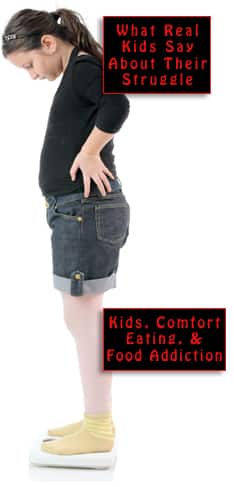
The pandemic might have one good effect, namely, reducing the amount of candy eaten around Halloween. This could reduce the amount of ultimate damage to America’s young. And old. If you think Grandma never sneaked a chocolate bar out of somebody’s trick-or-treat stash, think again. Anyway, the elimination of at least some of the usual mountain of sweets consumed might make it just a little bit easier to prevent childhood obesity.
Several factors are in play. It is more difficult to get to stores, and more annoying to observe the new rules of shopping. A lot of people have much less discretionary income than they used to. Treats are not in the budget unless they happen to be found at the Food Bank.
On the other hand, stressed-out parents are strongly motivated to give the kids whatever abomination they want to eat, if it will increase the household’s peace by a small increment. The Catch-22 in that arrangement of course is that sugar can turn children into hyperactive maniacs, a condition that does not usually increase tranquillity in the home environment.
On the third hand, many people, including children and teens, are already heavier than they would have been, if not for the coronavirus and the consequent lockdowns, quarantines, shelterings-in-place, playground closures, and other immobilizing conditions necessitated by the virus.
And people want their fun
Just because there will not be as much trick-or-treat action as was seen in previous years, that does not mean Halloween will go uncelebrated. Come to think of it, “celebrate” is an odd word to use for the ritual ingestion of tons of yucky stuff like…
[…] bleached and heavily processed flour, artificial colors derived from petroleum, nasty preservatives, GMO refined white sugars, GMO oils, and the absolute worst ingredients you can put in food.
That is Vani Hari’s description of the contents of the typical retail establishment’s “Holiday Death Aisle.” The best thing to do with that piece of real estate is to avoid it entirely. Manufacturers are not really selling food, she explains, but pseudo-food made from the cheapest and most process-damaged and nutritionally depleted ingredients.
This is accepted by a compliant public because what the industry actually markets is not food but comfort. They are selling nostalgia and all the complicated emotions that go with it, including the delusion that any particular fattening holiday only comes once a year. Hari says,
[…] but really it’s ALL YEAR. Almost immediately after they clear the Halloween candy from their shelves, grocery stores stock up on Christmas candy and all the fast food places come out with “holiday drinks” […] and then comes Valentine’s Day […] and then Easter […] and it really just keeps going in an endless cycle of toxic seasonal treats.
Hari, also known as the Food Babe, investigates and reports on (surprise!) food. She confesses,
My typical American diet landed me where that diet typically does, in a hospital. It was then, in the hospital bed more than ten years ago, that I decided to make health my number one priority.
And then she holds out hope:
When we all vote with our dollars by choosing to buy products that are sustainably produced, we actively shape the market place. Companies have no choice but to respond to us and improve the quality of their products.
Your responses and feedback are welcome!
Source: “How To Avoid The Holiday Death Aisle This Year And Beyond!,” FoodBabe.com, undated
Source: “About Me,” FoodBabe.com, undated
Image by Scott Mcleod/CC BY 2.0

 FAQs and Media Requests:
FAQs and Media Requests: 












2 Responses